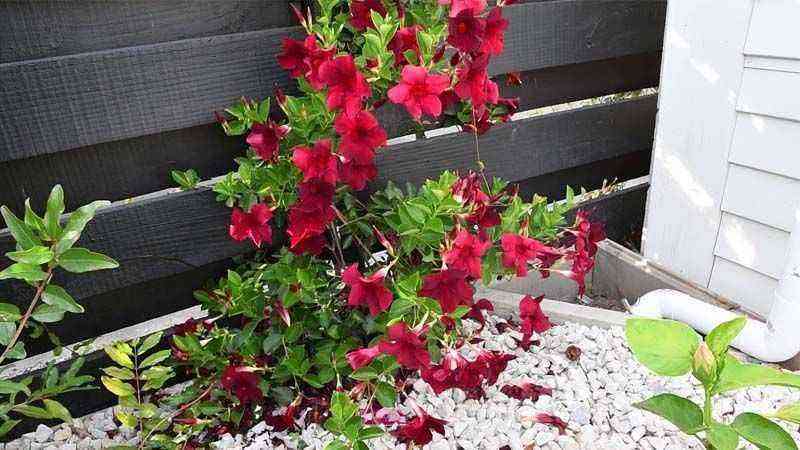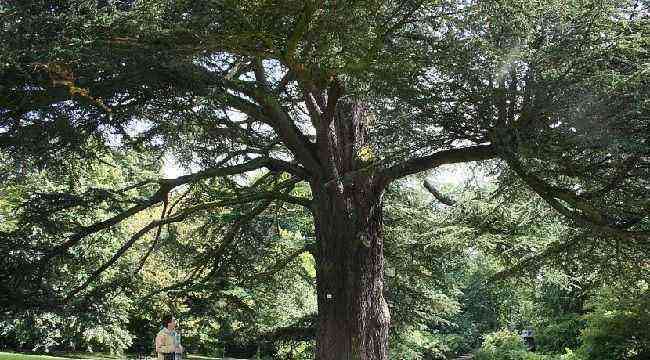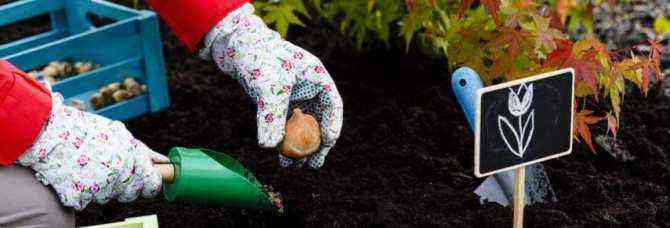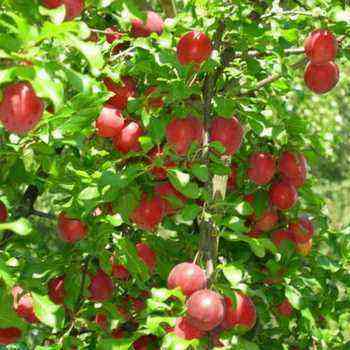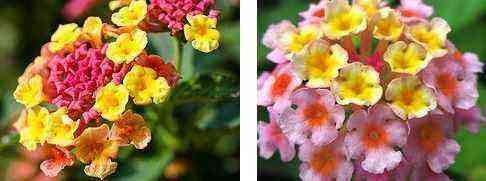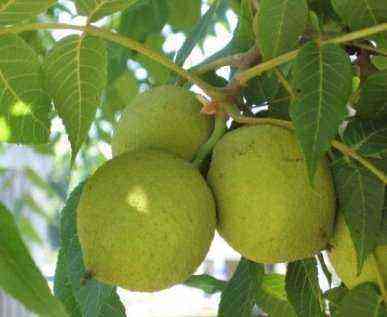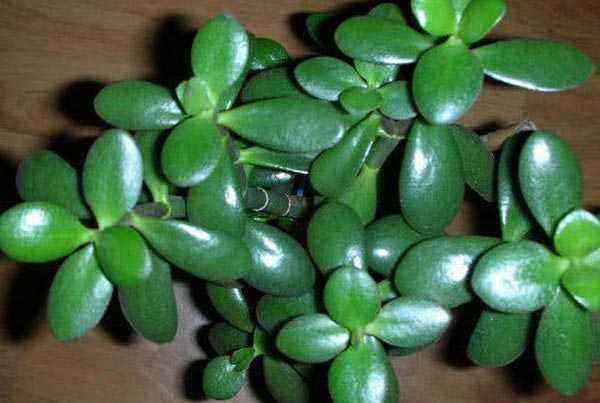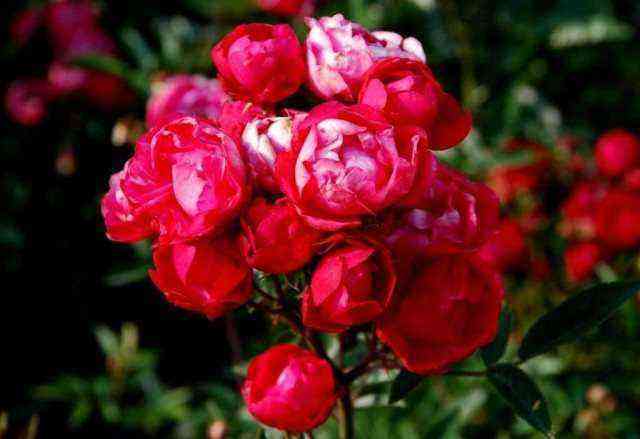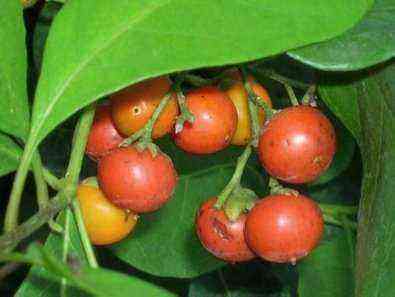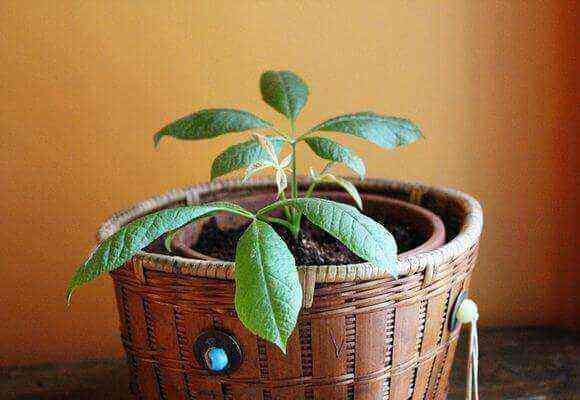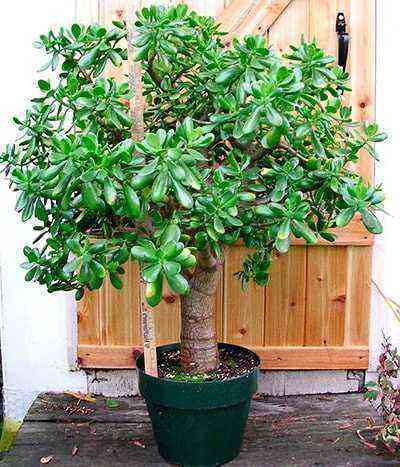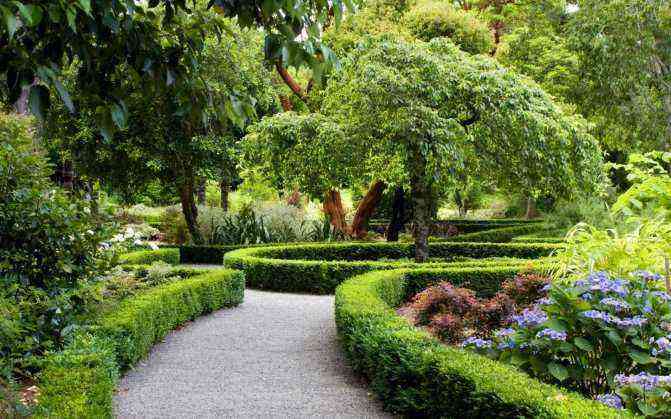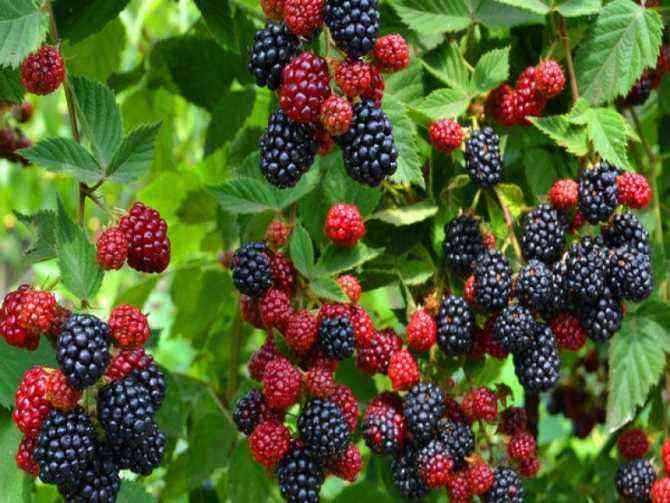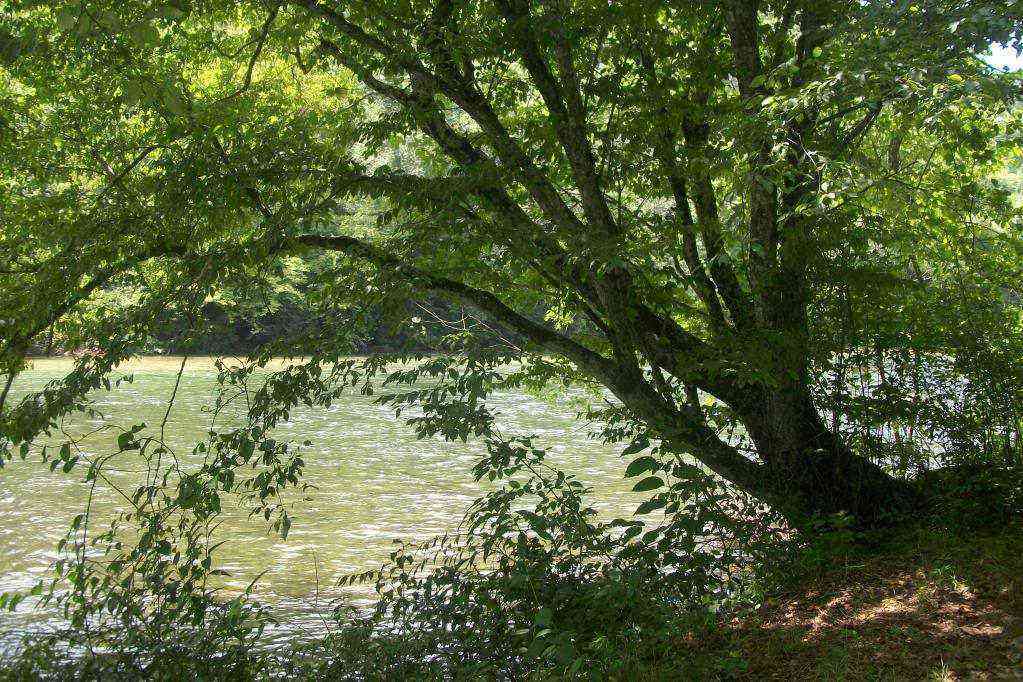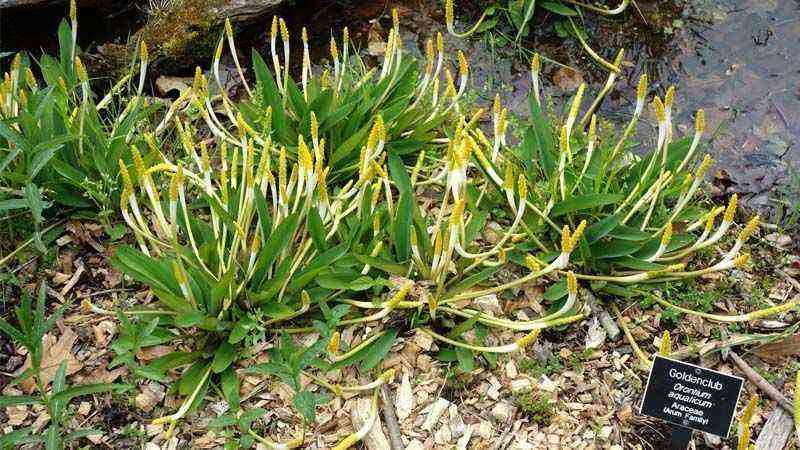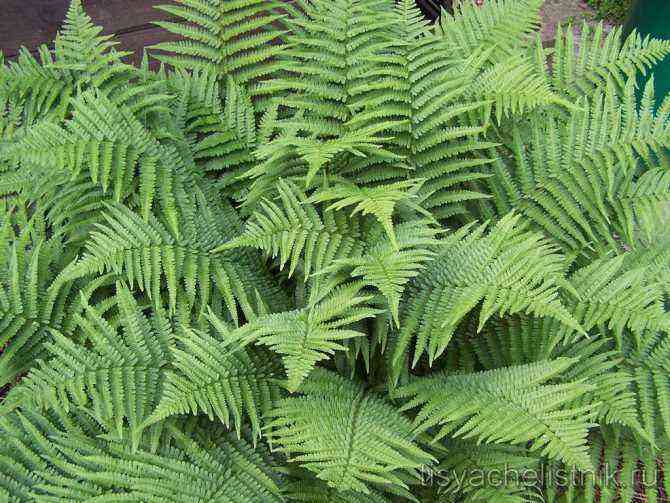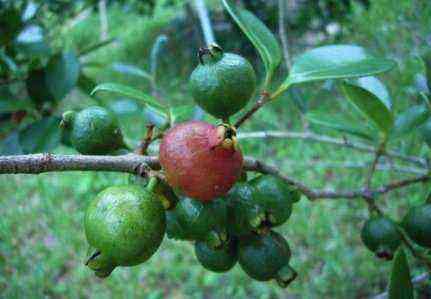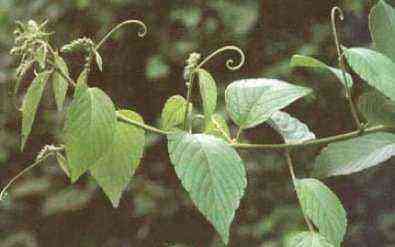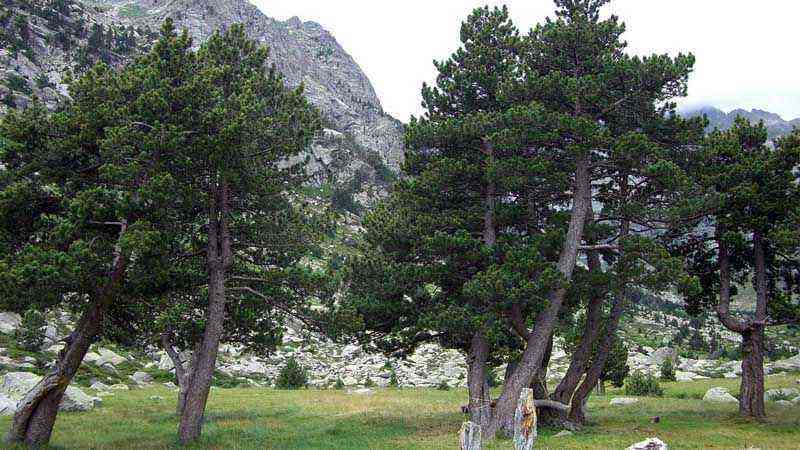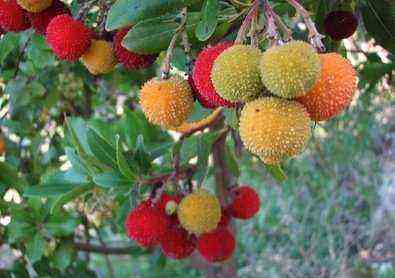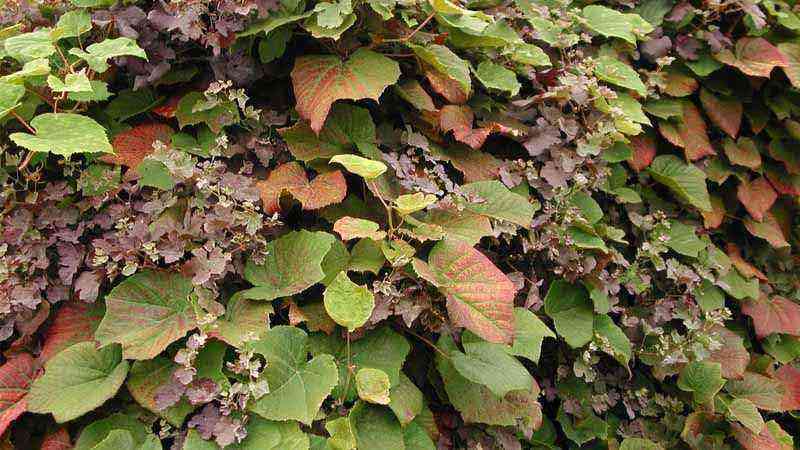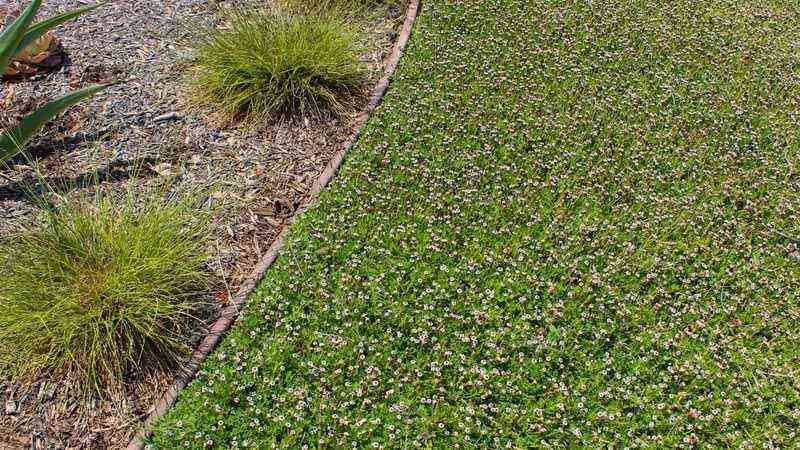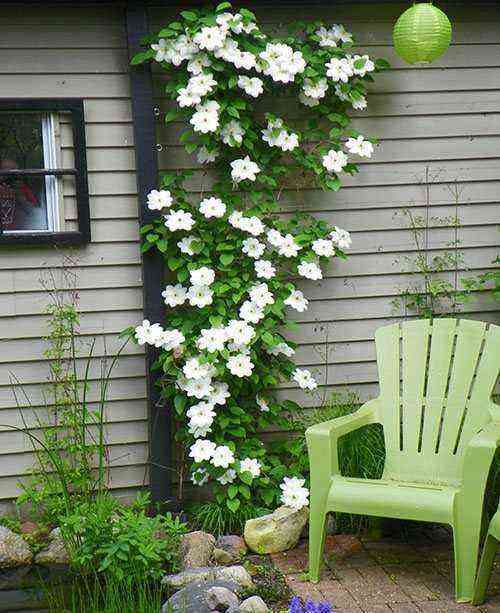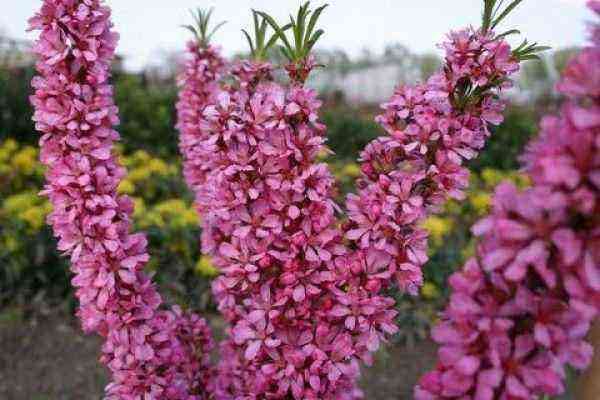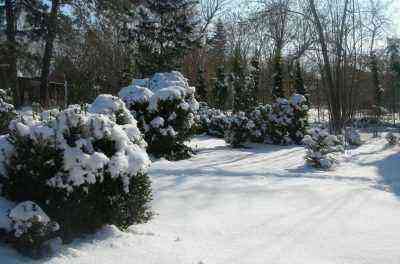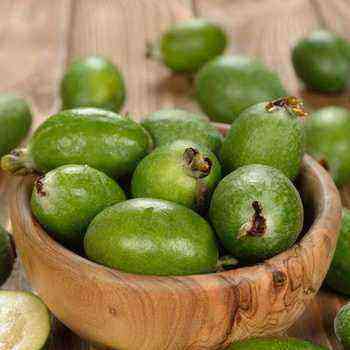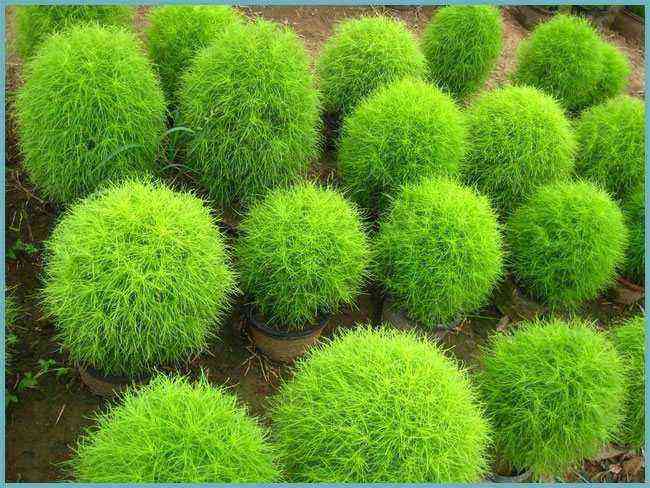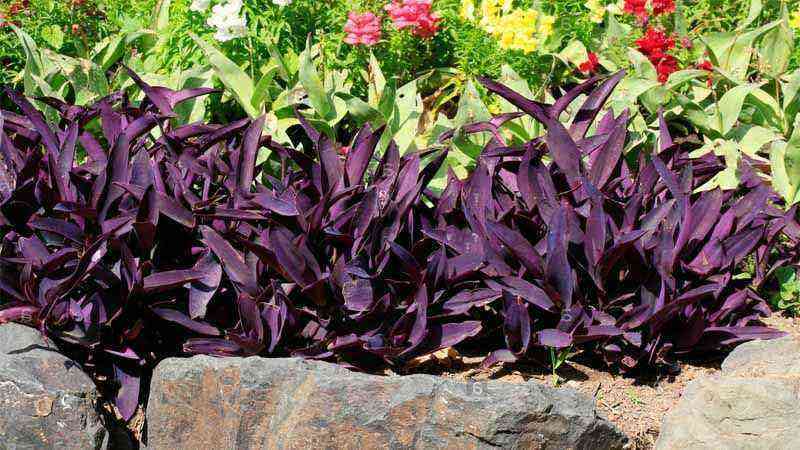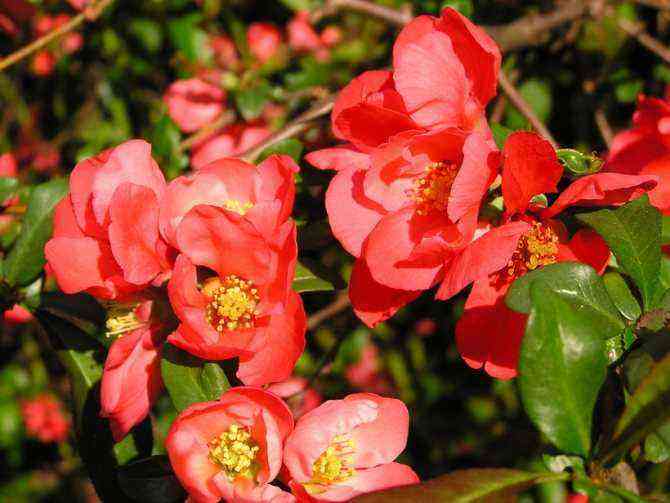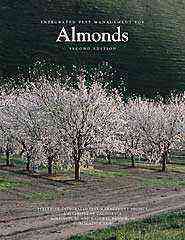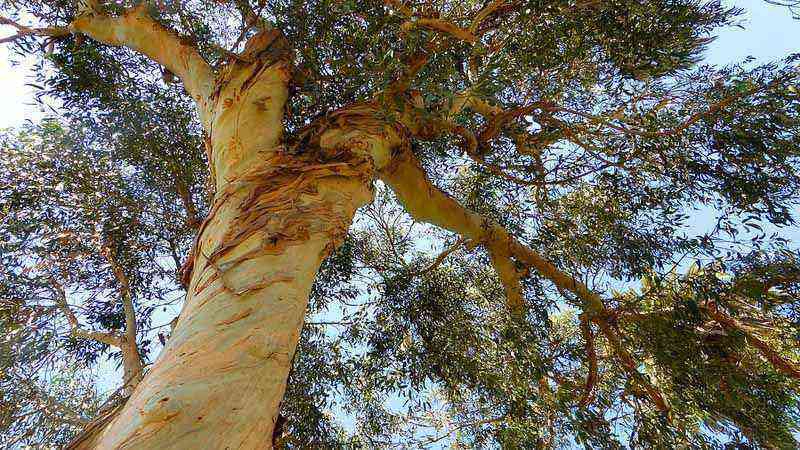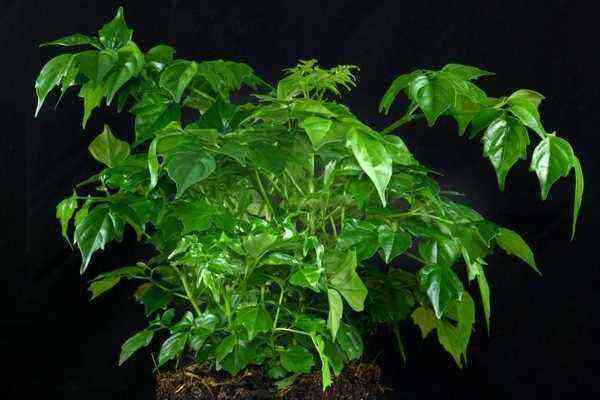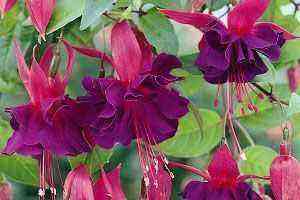We write a lot about plants and crops, but sometimes we forget some lesser-known plant sectors with a very particular purpose. This is the case, for example, of pond plants.
Not everyone can be lucky enough to have a pond in the garden, but if you are one of those who have, here we propose the Primula bulleyana, of swampy areas to give a flowery touch to the surroundings of the pond.
Ponds as an ecosystem
In Agromática we have already talked about ponds in gardens or even in the orchard. The first image that comes to mind when we talk about a pond is that of a garden, well taken care of with everything perfect and a small lake with or without a waterfall. Whichever pond you imagine, it is surrounded by a Versailles garden of movie, but it doesn’t have to be that way.
The garden needs pollinators, It needs fauna around it and the pond is an ideal way to attract fauna, good and less good, yes, but controlling it will bring more benefits than less. A simple pond can do the trick.
Once the pond is ready, it is time to place plants in its environment. We could not put them but one of the main reasons for doing so is that they avoid, among other things, the excessive growth of algae. Floating plants such as the famous water lily, prevent too much solar radiation from reaching the pond water, and therefore algal blooms are reduced.
Remember to take a look at the article on how to make a pond and we recommend some plants for it!
It’s not easy to find attention-grabbing flowering pond plants. We all know the water lily, yes, but … any more? A while ago we talked to you about a bit “rare”, the Golden club (Orontium aquaticum).
Today we are going to see a normal-looking flower and for this we have chosen the Primula bulleyana. Let’s see some of its characteristics.
The gender Primula It is very extensive and of all the primroses, the ones that are best known are what we call primroses, very recurrent in gardens and especially as an indoor plant. Hybrids to get colors of all kinds, no longer have an end from the moment that man put his interest in it as an ornamental plant.
In this case, we are talking about a primrose that has nothing to do with the usual ones, because it is intended for the orchard or garden pond.
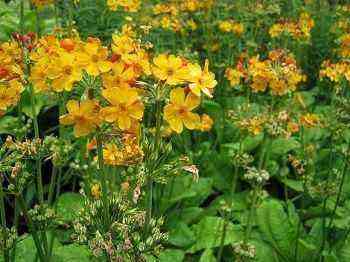
Source: commons.wikimedia.org
La Primula bulleyana, has the great peculiarity of raising a completely erect stem, at different heights (up to more than 50 cm), ending at its end, with a rosette of flowers, typical of Primroses. This plant has its origin in China and its adaptation has not encountered excessive difficulties.
It is very popular in the United Kingdom, a country with a great love of gardening. The humid conditions of that territory are also favorable for this type of plants, as we will now see.
Growing conditions of Primula bulleyana
Temperatures and exposure
It is a tough plant. Withstands a wide variety of conditions. Warm areas will be the least suitable for this flower. Its hardness during the winter is more than proven. Withstands a whopping -15 ° C degree up, degree down and it can be in full sun or in semi-shady conditions. Everything will depend a bit on the weather conditions. In cold areas, it should be exposed to the sun, and in areas where it is expected that the plant could suffer from heat, the semi-shade will be better.
Land
The environments of the ponds are very particular, especially on the ground. The soil in swampy or moisture-saturated areas has conditions in which, of course, only certain types of adapted plants grow.
Primula bulleyanaTherefore, it can develop without difficulty in neutral soil, tending to acid, saturated with water, that is, with poor drainage, and with a more silty texture than anything else. This does not mean that the floor of our pond must be strictly this way. As long as it is a fertile and constantly moist soil (this is the tricky part in dry areas of hot climate) it will be enough.
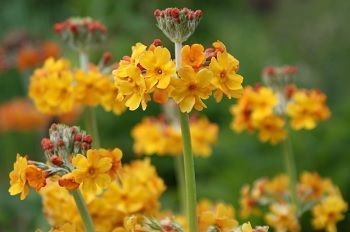
Source: pennysprimulas.co.uk
Pruning
The flower stems, once the flowering has passed (from May to July approx.), It will be advisable to reduce it a little in volume to maintain a balance with the other plants that we have dressing the surroundings.
Until the next pond plant.


